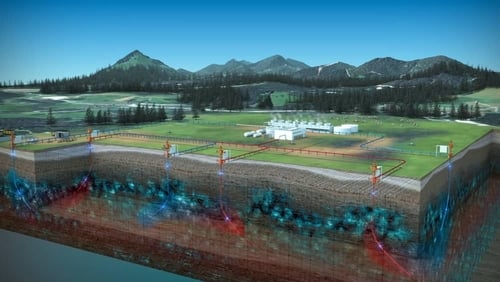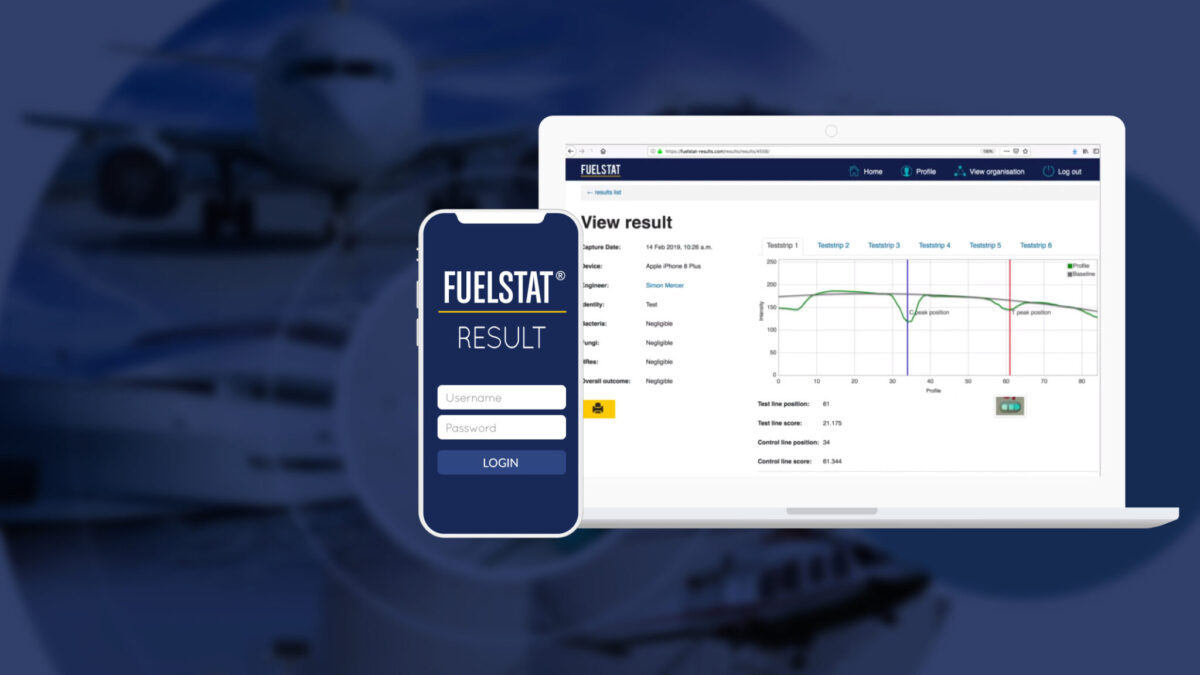Hertfordshire, UK, 20th Jan — Silixa, the leading provider of fibre optic sensing-based data solutions, has recently brought its high-end geothermal monitoring solution—The Carina® GeoTH—into action.
The company hopes that its Carina® GeoTH will act as a step-change in the long-term monitoring of geothermal reservoirs.
“Carina® GeoTH is a reliable and proven continuous monitoring solution that delivers reliable information on microseismic, induced seismicity, and well integrity assessment,” explains a spokesperson from Silixa. “It provides reliable long-term reservoir monitoring.”
By enabling sustainable and economic utilisation of the Earth’s natural heat, Carina® GeoTH efficiently speeds up the energy transition. With this permanently installed integrated fibre optic system, Silixa is committed to providing clean, affordable energy.
Silixa’s class-leading geothermal monitoring solution delivers high-fidelity data essential to ensuring reliable reservoir monitoring, improving reservoir efficiency and safely deploying EGS.
By operating optimally even in corrosive and high-temperature environments, the Carina® GeoTH offers a continuous and simultaneous understanding of mechanical, thermal and hydraulic properties in a field.
The system offers highly accurate and precise data on reservoir simulation, reservoir deformation caused by temperature and pressure variations, reservoir temperature evolution, fracture networks, and more.
Silixa’s high-end geothermal monitoring solution uses a single fibre optic cable as the sensing element that can be cemented behind the reservoir casing or installed in shallow geothermal systems.
It’s a highly flexible system with large coverage—Carina® GeoTH can deliver on-demand and continuous data over a large distance.
Plus, having Silixa’s Carina® Sensing System as the underlying technology, the Carina® GeoTH enables operators to monitor multiple geothermal wells effectively using a single interrogator.
Due to the system involving no moving or electronic parts, the maintenance and operation costs decrease significantly.
On top of that, by operating autonomously in remote locations, Carina® GeoTH limits human intervention while also ensuring optimised geothermal operations.
Silixa’s Carina® GeoTH helps technicians efficiently constrain permeable fracture zones. By leveraging active or passive seismic methods with a spectrum of automated surface sources, they can efficiently keep track of fracture behaviour and evolution in a geothermal field.
Equipped with a high-end optoelectronics interrogator and high-temperature sensing cables, Silixa’s geothermal monitoring system enables simultaneous measurement of DAS, DSS, and DTS.
The data collected in this integrated approach to geothermal monitoring facilitates numerical modelling of site fracture permeability as well as the validation of hydro-geomechanical simulations. The result is optimised EGS (Enhanced Geothermal System) resources and efficient drilling of subsequent injection/production wells.
In addition, the high-resolution distributed strain, temperature, and acoustic sensing data delivered by Silixa offer the finest high-spatial resolution measurements in each 0.12 to 1.0 metres along the optical fibre cable. As a result, operators can gain reliable and in-depth insight into the geothermal reservoir.
Furthermore, the integrated Edge Processing System with Silixa’s geothermal monitoring solution enables real-time visualisation and processing of these distributed strain, acoustic, and temperature data that facilitates decision-making.
Founded in 2007, Silixa is committed to helping the mining, oil and gas, alternative energy, and environmental and earth sciences industries address critical measurement challenges with its high-end fibre-optic solutions.
Interested parties can learn more about Silixa’s Carina® GeoTH by visiting https://silixa.com/sectors/energy/geothermal/.

